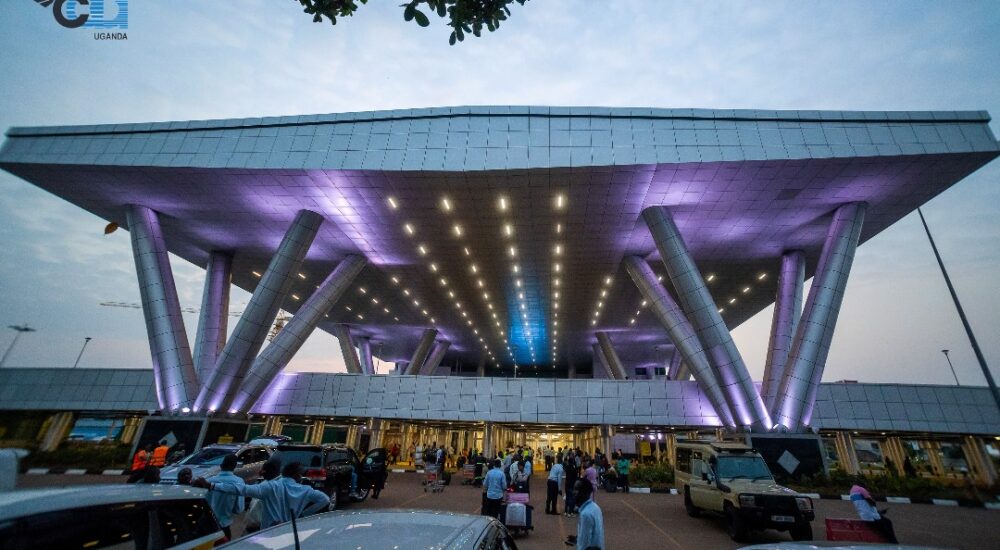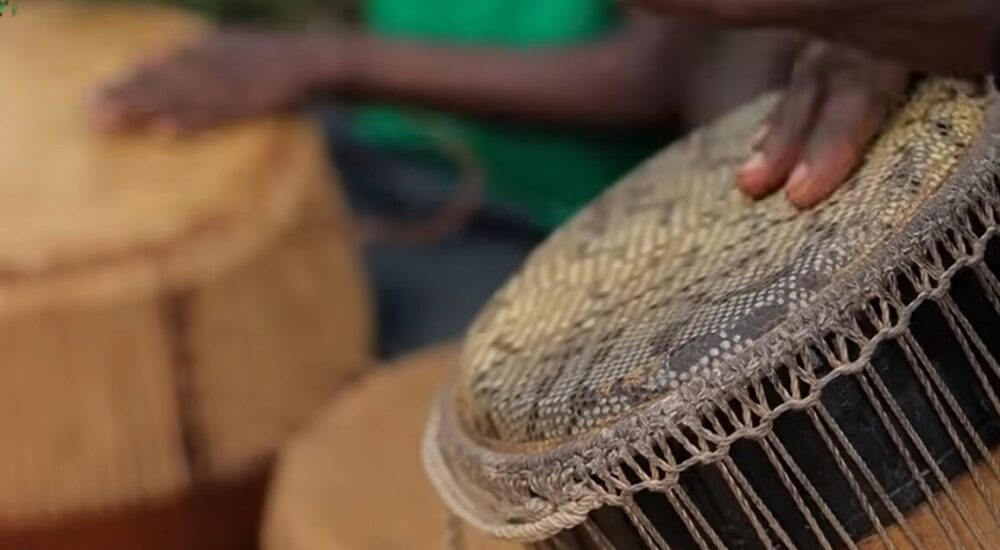Uganda, also known as the "Pearl of Africa," offers an array of experiences for travelers—from…
Tanzania Tribes: Tribes in Tanzania
Tanzania Tribes: Tribes in Tanzania, People who live in Tanzania: Tanzania is the thirteenth biggest country in Africa. It is in the Great Lakes area of East Africa. Outside of Zambia, Burundi, Rwanda, and DR Congo are to the east, Kenya and Uganda are to the north, and Malawi, Mozambique, and Zambia are to the south. Tanzania is a beautiful country with some of the best tourist spots in the world, a rich cultural history, and more than 120 different tribes of Tanzanian ethnic groups. You might meet these Tanzanian Tribes on your safaris in Africa.
Here is a list of some of Tanzania’s most unique and original tribes:
Sukuma
The Sukuma are Tanzania’s biggest tribal group. They are a Bantu group with more than 5.5 million people living in the north of the country and on the southern beaches of Lake Victoria. “Sukuma” means “north” in English, and it refers to the “people of the north.” While most people live in rural areas, there are some who have moved to towns, especially Mwanza and Shinyanga, and have become used to modern life.
The Sukuma used to worship the spirits of their ancestors because they thought that they helped the health of living family members. But a lot of them now follow Christianity. Even though the Sukuma are mostly a matriarchal society, many of them still marry more than one person. It is also known that the Sukuma use plants and animals in herbal medicine, which they think is better than Western medicine.
There are two groups of Sukuma people: the Kimakia and the Kisomayo. The Kimakia and the Kisomayo both speak Sukuma and Swahili. They are connected to the Nyamwezi because they live close to each other and share some traditional traits. Sukuma people dance and sing as part of their culture and celebrations. They raise cattle and grow foods like cotton, corn, potatoes, and rice for a living.
Hadzabe
This native group of people lives in the rift valley and the plateaus next to the Serengeti in north-central Tanzania, close to Lake Eyasi. Their traditional way of life has been in danger for a long time because of the effects of tourists and the arrival of herders.
It is said that the Hadzabe tribe’s oral history is split into four periods, each with its own culture. Archaeological and genomic data shows that the Hadza are not closely related to any other tribe. Their language was once put in the same group as Khoisan languages because of clicks, but there isn’t much proof that they are related.
The Hadzabe group lived in German East Africa before it was taken over by the British after World War I. The British and the Tanzanian government tried many times to get the Hadzabe to settle down and start farming, but they were all unsuccessful because the Hadzabe only settled down to eat the food that was given and then went back to hunting when it ran out.
The Hadzabe tribe is descended from Tanzania’s original hunter-gatherer people. They split their work between hunting and gathering food. Men in the Hadzabe tribe usually go hunting alone, but women are said to go hunting with at least one adult guy in the group. The Hadzabe women usually carry digging sticks, big skin bags around their necks to hold things like knives, shoes, clothes, and other things that can fit in the pouch, and a grass basket for gathering berries while they are foraging. Honey, fruits, vegetables, and meat make up most of their food.
Men usually hunt in pairs during the dry season, using poisoned darts and bows to kill animals. This means that there is more meat for them to eat. They are very good hunters who are known for picking the right animals to hunt, foraging, and knowing a lot about plants, fruits, roots, and wild animals. There are Hadzabe people who live near Lake Eyasi, which is south of the Serengeti.
Their land is mostly made up of baobab fruit trees and other bush trees that help them make a living. The Hadzabes are a semi-nomadic group of hunters and gatherers who speak and dress like the Khoi (Persons) and San (Foragers) groups. They are related to the Sandiwe culture in the same way that the Sandiwe are related to the Khoekhoe hunter-gatherer culture in Southern Africa.
The Hadzabe women wear “Hangweda” made from native skin, and the Hadzabe men have a social structure with levels of marriage.
Datoga tribe
The Datoga people, who are also called the Mang’ati in Swahili, are a wandering group of farmers and herders who speak Nilotic. They live in the Manyara and Singida regions of north-central Tanzania, close to Mt. Hanang, Lake Basotu, and Lake Eyasi. It has more than ten subtribes, but the Barabaig are the most famous. They are a pastoral tribe who live in the northern volcanic hills around Mt. Hanang, which is holy to them.
Comparative languages and oral history have helped piece together some of the Datoga and their neighbors’ migration past. People think they are from the mountains of South Sudan or Western Ethiopia. As time went on, their ancestors moved south and set up villages in the highlands of Kenya and Tanzania. By about 1500 AD, they were farming and grazing in these fertile mountains.
The Datoga tribe thinks they are the oldest group of people in Tanzania. They are a proud group of people who are known for being strong fighters who can sneak up on enemies and stay out of sight. They are good at blacksmithing, making jewelry out of beads and brass, making bracelets and chains out of brass, and making arrowheads for the Hadzabe tribe.
They care for cattle more than any other household animal. That being said, they also take care of goats, horses, lambs, and chickens. The Datogas wear clothes made of reddish brown earth, reddish patched leather, beadwork, bracelets, and necklaces to fit in with their surroundings. The circular tattoos that they have around their eyes are another part of their culture that sets them apart from other groups.
Sonjo
The Sonjo are a Bantu group of people who mostly make a living by farming and hunting. It is known that they grow using old-fashioned ways of watering crops. The Sonjo people are said to have lived in northern Tanzania for thousands of years, hidden among the Maasai. It is thought that they moved from Central Africa to East Africa about 400 years ago.
The Sonjo group is known for their farming lifestyle, which was thought to be the main reason they moved slowly over thousands of years in search of land that was rich in resources and had plenty of water for their crops.
The Sonjo people live in the northern part of Tanzania, around 30 to 40 kilometers west of Lakes Natron, in the Ngorongoro area. Sonjo society puts a lot of value on music. Music is a big part of their lives and is an art form that many people in the community enjoy. It’s used in many traditions, like ones that bring rain, ones that heal, ones that are happy and social, like weddings.
Maasai
The Maasai are an ancient group that lives in northern Tanzania and Kenya. They are a semi-nomadic people. People from the Maasai tribe are famous all over the world. They are one of the most popular ethnic groups because of their unique traditions and clothes and their closeness to East Africa’s many national parks.
They are said to have come from the lower Nile valley, which is north of Lake Turkana and northwest of Kenya. In the 1400s, they started moving south and ended up near the border between Tanzania and Kenya. They lived in the Great Rift Valley and the areas around it, from Dodoma to Mt. Marsabit.
The Maasai tribe is known for its brightly colored clothes and traditional way of life that revolves around cattle, which is their main source of food. It is said that a man is rich if he has children and animals, but he is also poor if he has a lot of animals but no children. People were afraid of them because they could throw the rungu (a club) very well from up to 70 paces (100 meters), even though they also used spears and shields. The Maasai live in northern Tanzania and the lower Nile, north of Lake Turkana (northwest Kenya).
Most major disagreements and problems are sometimes solved by retired elders and older Maasai men, who tend to be very male-centered. They all have the same personality and serve Enkai or Engai as their god. When Maasai musicians play together, they make rhythms that are led by a chorus of singers singing harmonies. The olaranyani sings the tune.
Chagga
The Chagga are an indigenous group from Tanzania who speak Bantu. The Chagga tribe was split up into fully independent chiefdoms. These chiefdoms were first run by Mangis and were made up of different clans. The chiefdom system was in place until 1961, when Tanzania became its own country and got rid of it everywhere.
People from the Chagga tribe are known for their strong work ethic, politics, and desire to fail. The younger people work as clerks, teachers, and managers, while they run small businesses. Mount Kilimanjaro has two peaks, Kibo and Mawenzi. The Chagga people live on the southern slopes of this mountain.
The Chagga society puts a lot of value on greetings. In the past, their wedding ceremonies were very long and started with formalities for the couple who were going to marry and went on for a long time after the wedding.
Today, Christian partners get married in churches, and having a son to carry on the family name is very important. At age 12, every child goes through a rite called Kisusa to stop them from being a troublemaker. After a month, there is a purification celebration and a goat is killed.
Iraqw
The Iraqw are a Cushitic-speaking tribe that lives in Arusha and Manyara, Tanzania, just south of the famous Ngorongoro Crater. It is thought that about 350,000 people live there, and they are known for having very clear features. A lot of safaris in Africa go through the Iraqw area, but the people who live there are usually shy and only sell their animals and crops when they have to.
Iraqis men are known for being good at blacksmithing, and many Iraqis women are good at making pottery. They are thought to be related to the Neolithic Afro-Asian people who were the first to bring plants and animals into the Great Lakes Region and keep them as pets. The Iraqw speak the Iraqw language. It is not in danger of dying out, but Swahili is becoming Tanzania’s main language, so fewer people speak and write it.
Haya
The Haya people came to Tanzania’s Kagera region during the Great Bantu Migration. They talk to each other in a Bantu tongue called Haya. They were very good at working with metal and were set up in a medieval way. The modern Haya are mostly farmers who have learned ancient religious practices as well as Christianity and Islam.
Nyamwezi
About 1.5 million people make up the Nyamwezi ethnic group, which is Tanzania’s second largest. The Nyamwezi people came to Tanzania with the Bantu people who left the Great Lakes area in central Africa. Kinyamwezi is the language they speak. They live in Tabora and Shinyanga, which together make up the Unyamwezi area. The ethnic group is split into four main groups, and their culture is always changing because of their African neighbors and contact with western society.
Other Tribes That Live in Tanzania
Tanzania is home to a lot of different native ethnic groups. Mande, Kamba, Akiek, Gorowa, Digo, Balouch, Zaramo, Dhaiso, Kutu, Bembe, Kisi, Luo, Kwavi, Luguru, Magoa, Bende, Yao, Zinza, Ware, Zyoba, Zigula, and Kwaya are some of the names of the people who live in the area. These are a few of the smaller tribes in Tanzania.


